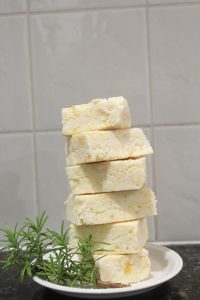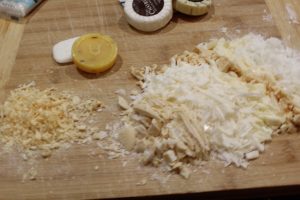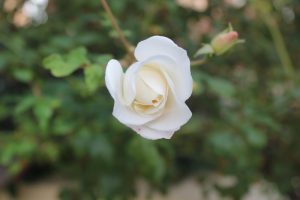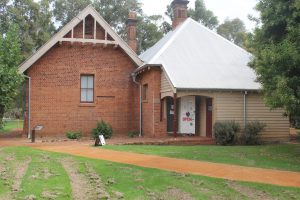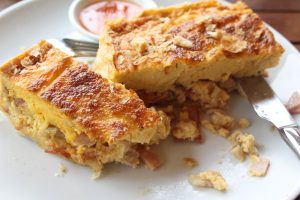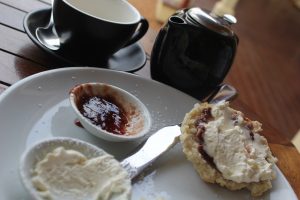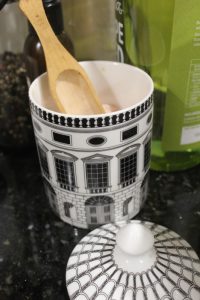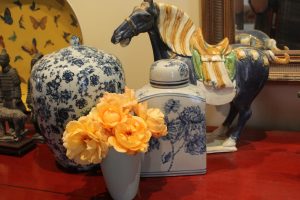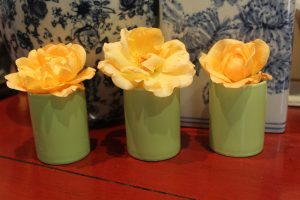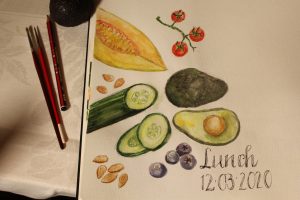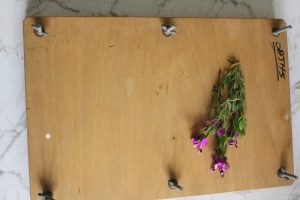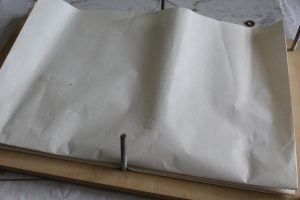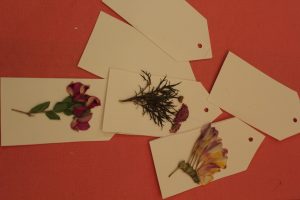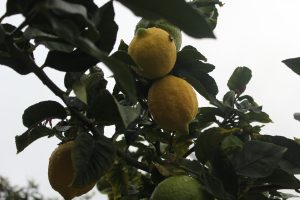in the red
Hugely popular in all things Christmas themed, the colour red is also a major decorator favourite for next year. From primary reds in childrens’ rooms, to AGAs and other stoves but especially fabrics and paints, every shade of red features strongly. Summer has just begun in Australia but temperatures in Perth have already reached the 30°Cs so red painted walls are unlikely to catch on here!
Red is historically associated with wealth and status. It didn’t begin with Louboutin’s red soled shoes! In fact, in the 17th century, aristocratic courtiers to Louis XIV featured flashes of red dye on the soles of their shoes. The concept of a red carpet event isn’t new, either, but goes back to Ancient Greece. Archeologists working at Pompeii found red walls were so common they’ve named the colour Pompeian red. Red signifies energy and warmth.
Louboutin claims he decided to paint the soles of his shoes red after a fairly plain pair were delivered and his assistant, who was painting her nails at the time, offered to paint the soles of the shoes bright red, using her nail polish. Louboutin went on to sell nail polish and lipstick based on the colour he used on the soles of his shoes.
Although Western Australia is no place for red painted walls, I really, really like furniture painted in Chinese red. This can range from orangey-red through to dark vermilion. The red I particularly like features throughout Asia. No longer made from ground cinnabar, for many Asian countries, red symbolizes good fortune, luck, vitality, celebration and prosperity. Splashes of vivid red are thought to ward off evil spirits and bad luck. We bought some old pieces finished in Chinese red and had some pieces made.
These two carved, ornate panels are originally from a door at the entrance to a hutong, a family housing complex. I was always on the lookout for more, but no luck!


I had these three wedding boxes restored by inmates at a juvenile detention centre. The boys were taught to restore old pieces of furniture using semi traditional methods so they would have a skill when they were released. The boxes now store memorabilia from our years in China.


I collected quite a lot of blue and white china, too, to add to what I already had.


The altar table used to be in the entrance to our apartment. The lower shelf was convenient for storing shoes as visitors removed their shoes when they arrived.






We bought the rice box after we returned to Australia.
Our bedhead and bedside tables are finished in traditionally made Chinese red using pigments, shellac and lacquer. I took the pieces to an artisan to be painted and he said he was too busy and wrote down his recipe! I eventually sourced the materials and mixed the paint myself.


wrapping paper
Continuing in a red vein, I’ve printed some Christmas wrapping paper. This brown paper began as packing around something bought online and delivered in a big box. I unscrunched the brown paper and smoothed it out and then ironed it. Some months ago I tidied the armoire I keep my art supplies in and couldn’t find the paisley Indian wood block I intended to use to print on the paper. Looked and looked, unsuccessfully, so settled on this slightly star shaped block. I knew where it was when the cupboard was a jumbled mess!


Gathered the paper, a dish for the paint, red acrylic paint and some paper towel. Smoothed the brown paper out on the table and dipped the block in the paint in the dish, tapped it on the paper towel and then printed.


I was pretty relaxed about the placement of the design as the paper will be folded around gifts so irregularities wont really show. It was a hot day and the paint dried quickly.


dinner


I keep writing about Nagi Maehashi’s new cookbook, DINNER because I really like the recipes. As I’ve said before, the ingredients are usually in the pantry, the process is easy to understand and the resulting dinner is very good. Nothing too fiddly but great flavours. All the recipes are on her online site and the book has a Q Code you can scan and watch her make the dish.
I decided on Teriyaki Beef Bowls because I had 500gm of beef mince and all the other ingredients, too. We loved it! I added beans and peas to the rice, not at all authentic, but I’m always looking for ways to add more F&V to our diet. This recipe made dinner for us for two nights.


The recipe called for 145ml of soy sauce. It was very salty. I will be shopping for salt reduced soy sauce which I’ve seen in the supermarket. Light soy sauce, common in Cantonese cooking is thinner than dark soy sauce, common in Northern Chinese cooking but both have very similar sodium/salt levels.


did you know?
Australia is the only continent in the world without an active volcano? It is also the only continent covered by a single country.





























